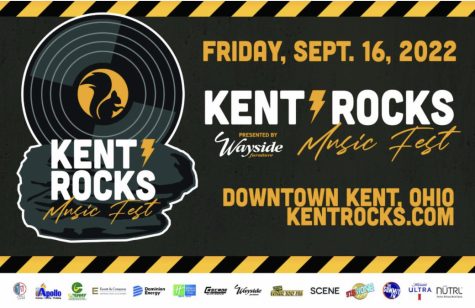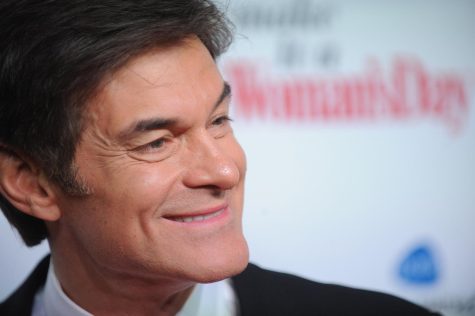Deflowered: the science behind plant sex
February 9, 2017
One may know about the birds and the bees, but what about the plants and the seeds? Andrea Case knows all about that.
Case, a Kent State associate professor of biological sciences, has studied the evolution of reproductive systems in flowering plants for the past 23 years. Over time, her research has been published in a number of scientific journals, including the International Journal of Plant Sciences.
Case’s interest in the topic spawned from her undergraduate honors research project at the University of North Carolina, where she undertook a project studying sex determination in plants within different climates.
“It posed an interesting question within plant reproductive research,” Case said. “Maybe it’s not just sex, but a part of a separate evolutionary system.”
“It’s funny because people don’t realize that when you’re eating a fruit, you’re eating an ovary,” Case said. “Also, when you’re eating a seed from a part of a plant, you’re eating embryos. Fruit juice is ovary juice. People don’t like to think about it, but it’s true.”
As for finding a mate? Flowers, much like humans, try to look as attractive as possible in order to reproduce.
“Flowers are so attractive because they are trying to get the attention of pollinators in order to reproduce,” Case said. “It’s quite fascinating how plants interact in order to breed. There is a science behind it.”
Rachel Duthie is the student life reporter, contact her at [email protected].

























